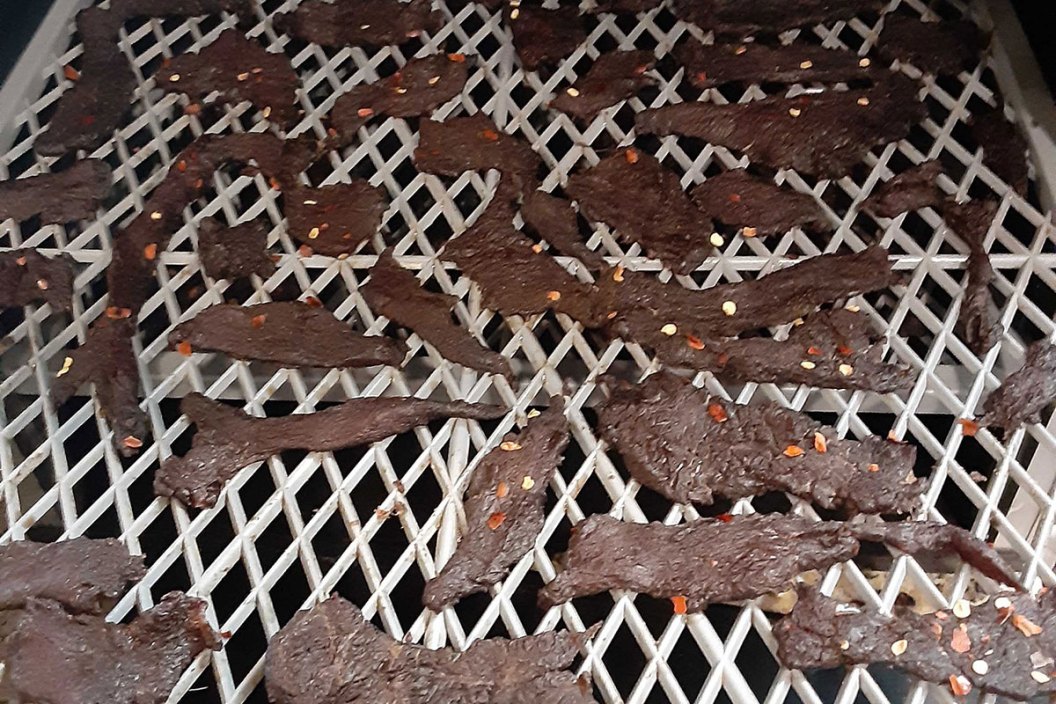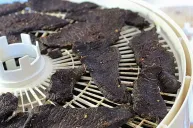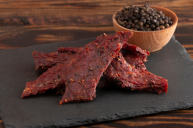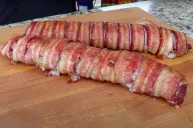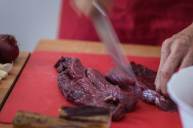Here are three venison jerky pointers worth remembering.
There are few better ways to share your bounty from a venison harvest than to make tasty jerky and give it to your friends and family.
We've been sharing venison jerky recipes and tips for years, and we'll certainly continue to do so. Along the way, we've picked up a few pointers worth always having in mind.
You can make deer jerky (and even beef jerky) in dehydrators, in the oven, or in a smoker or pellet grill. We have learned that the right combination of spices like black pepper, garlic powder, onion powder, cayenne pepper, and even brown sugar can be the difference between good jerky and great jerky.
Using marinade is a good way to go, and things like soy sauce, liquid smoke, or even Worcestershire sauce can help add that smokiness you can't get in an oven. Some love a good hickory flavor, and for many others, teriyaki is the king. Hot and spicy or sweet and tangy, it doesn't really matter how you flavor it as long as you enjoy the end result. There's no reason to think a beef jerky recipe won't work for deer meat.
The thing is that deer jerky recipes come and go, and they are always a source of debate to those of us who love to make it. That's the essence of the term: they are a recipe, a selection of ingredients meant to combine for a truly delicious experience. It doesn't always end up that way, so we'll hopefully be able to help you avoid mishaps.
Whitetail deer or mule deer? From the front quarters or the back? Should you ever use backstrap for jerky?!
It's tough to say, and likely different for different folks.
What are some of the other factors in making a batch of delicious venison jerky that can come up, and how do we deal with them? We'd suggest not winging it; try to follow guidelines (from us or other sources) as you start out. After more experience, you can begin to experiment.
Wild game cookbooks are a great guide to follow if you want to find an exact recipe, and they can also help a first time jerky maker understand the logistics involved.
Here are three other things that come up to consider when making deer jerky.
Watch for Undercooked Venison Jerky
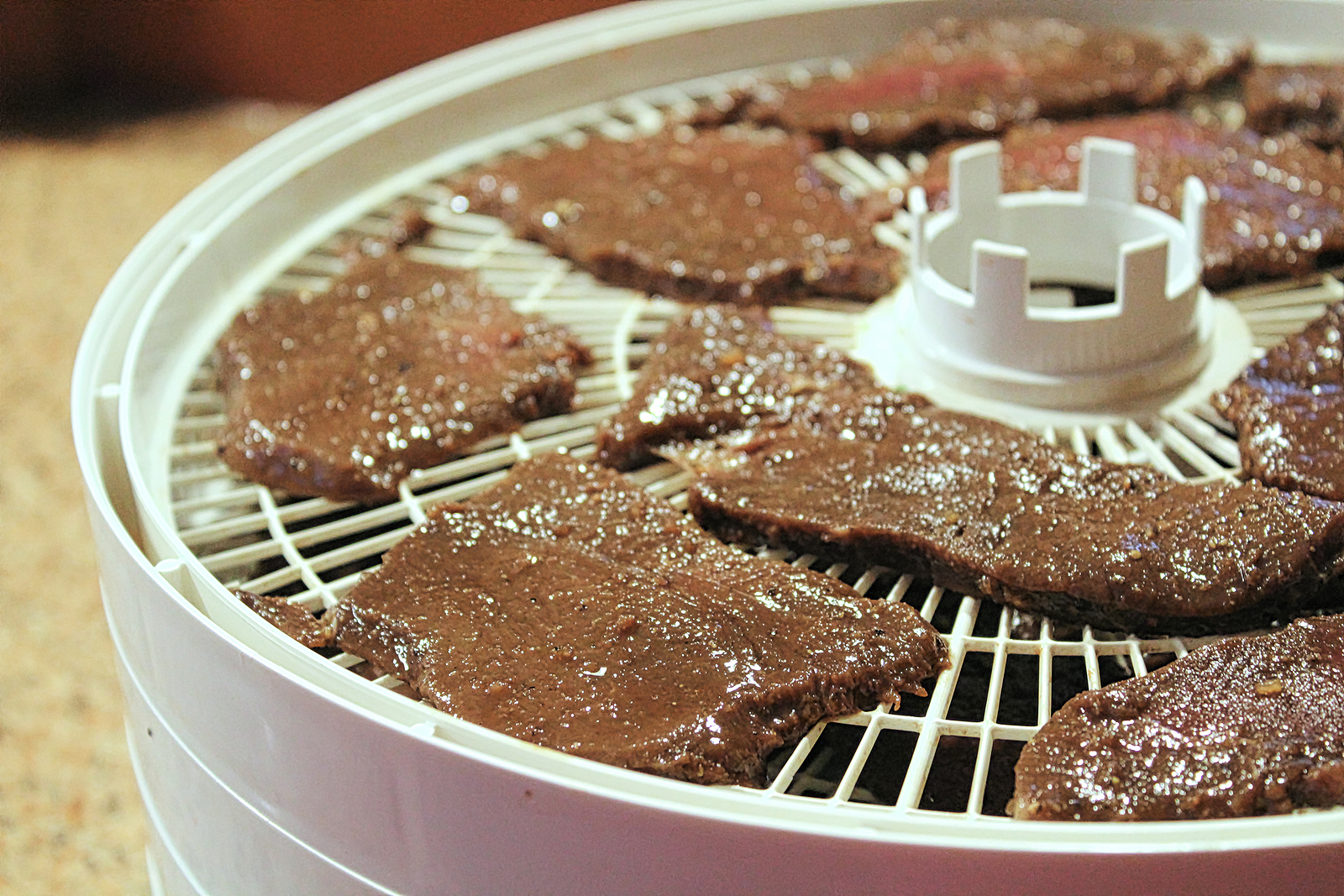
The most common bacteria growths in undercooked jerky are Salmonella and E. Coli, and the situation is the same for the more commonly made beef jerky. But there are ways to steer clear of those problems.
It is imperative to start with clean utensils and other equipment. That includes any and everything that will come into contact with the meat, including your hands. Luckily, there's a wide range for what's considered "finished" jerky, and after a certain point, it comes down to personal preference. As long as the meat is dry enough to inhibit bacterial growth, it'll stay safe to eat.
A jerky maker should always thaw the frozen meat in the refrigerator, usually overnight to make sure that common bacteria does not grow on it. Marination should also be done in the colder temperatures of the fridge for the same reason.
Even at that, the USDA recommends that the meat be brought to a temperature of 160 degrees at the beginning of the dehydrating process to kill any bacteria that might be on it. If your dehydrator (like this one from Cabela's, for example) will bring the meat to this temperature on its own, great. If not, you'll need to find a way to accomplish it if you truly want to stay within the safety parameters.
Curing salt can help avoid bacteria, but some deem it unnecessary. Most experts agree that this is really only needed when using ground meat and a jerky gun, but not so much with strips of steak. Personally, I do not make deer jerky out of the ground. I know it has a low fat content, but the fat can become rancid. Trimming the meat by hand and therefore eliminating the fat is the way I do it. At the same time, some of the best jerky I've had was made from ground meat. I just haven't dabbled in that area myself.
As a rule, I have always stood by dehydrating my own personal deer jerky at a very low temperature for a good number of hours, sometimes double what other folks let their jerky endure. It's mainly because I tend to cut my strips a little thicker, marinate it a little longer, and therefore leave it "on the rack" more than some. That's the way I like it, and judging by the line that forms at my door when I've finished, my friends and family agree.
Work to Avoid Toughness
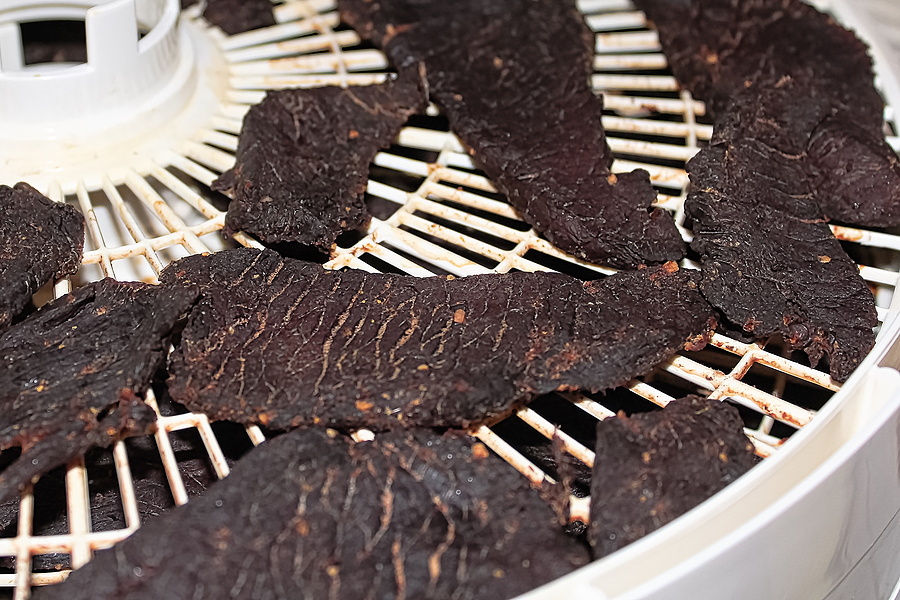
When they think it is nearly done, we suggest you take a piece of jerky out of the dehydrator. Leave it out at room temperature for five minutes to see if it bends with a slight cracking. If it bends with no visible cracks, leave it longer.
Of course, not all dehydrators are equal, and not all of them cook individual meat pieces evenly. Some say the round, circular versions that blow the air up through the bottom don't work as well as the "box" unit that blows the air across all of the racks evenly. Those types usually operate via a fan at the back of the unit, and are able to churn out larger batches, on average, than the round food dehydrators.
If your jerky is crumbly and easily breaks into pieces, you've gone too far. The bottom line is that if you take it out too early it can be prone to spoiling, and if you take it out too late, it will be tough as nails.
One thing that you must not do is to increase the heat, thinking it will finish your jerky in a shorter amount of time. This can cause the outside to be dry and tough, while the inside still has enough moisture to go bad. You want to adopt the "low and slow" mantra, and maintain patience for a proper finished product.
What is the Best Cut to Use?
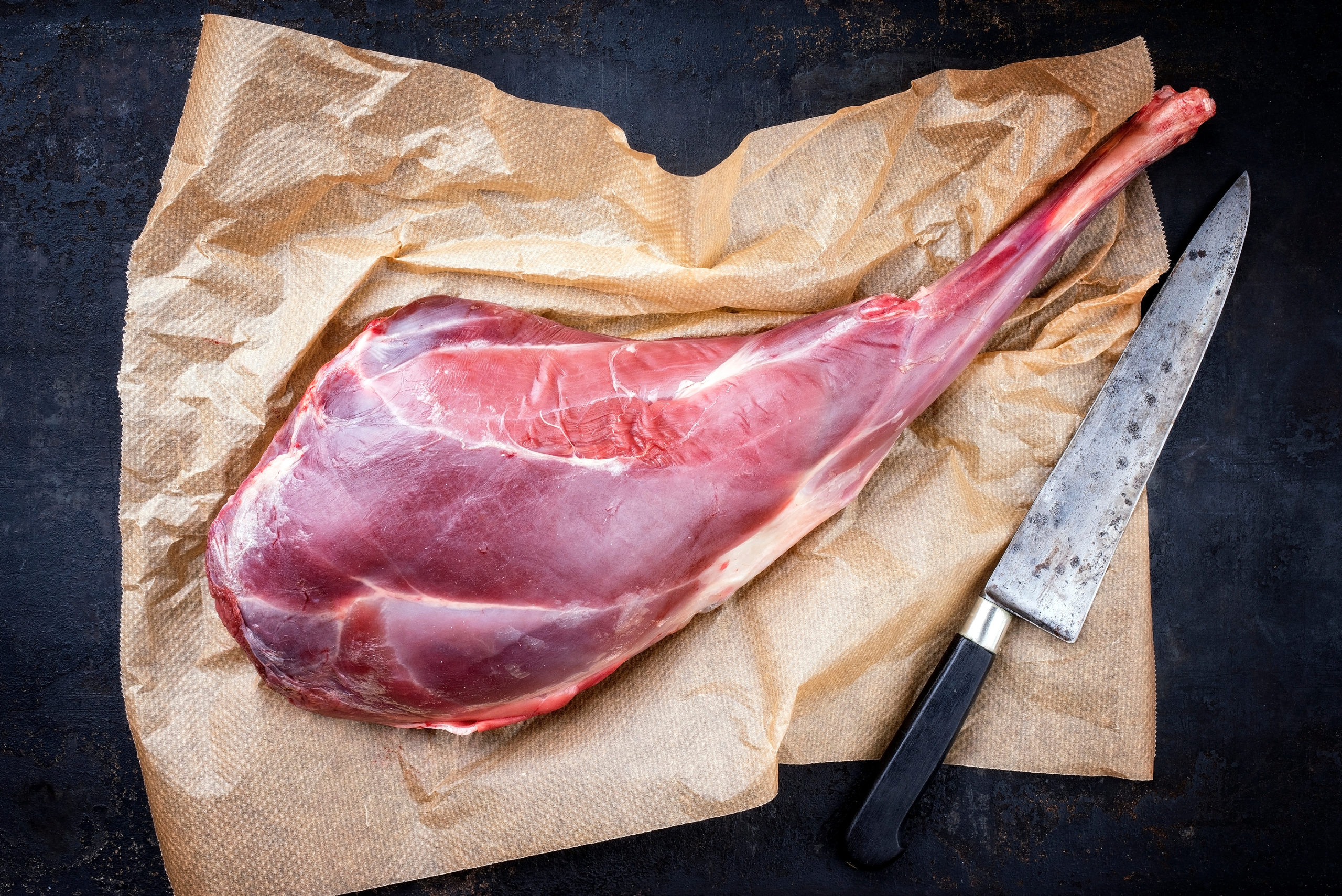
I've always heard butchers and other experts say the five best cuts to use for beef jerky are tri-tip, filet, brisket, flank steak, and ribeye. Now, since most of us aren't butchers or abattoirs, and it's hard to translate those cuts straight to a deer, it stands to reason that we aren't going to perfectly duplicate those ideas.
The best answer for your own jerky is that the leaner the meat is, the faster it will dry. And with that it will last longer. That's where venison reigns supreme; it's all rather lean meat, and usually easy to trim fat where necessary.
I generally use the large steak cuts for my jerky. I like that I can easily cut it into nearly-identical strips and drench it in marinade. That's what makes for the best result, in my opinion.
Over many years, I've learned to make sure that my meat absolutely swims in the marinade to be sure that every single piece is completely covered and everything absorbs the flavor. Stirring or shaking the bag of meat and marinade throughout the marination process can help accomplish this.
And if you have never heard it, here's one last bonus tip: I always take it out of the refrigerator and let it come to room temperature before placing it on the racks and putting it in the already-started dehydrator.
The entire process for homemade jerky can be subjective, since there are folks like me who like it dryer than others who want that juicier, more succulent experience. Jerky marinades are a bit like fishing lures; everyone has a bunch, and they're all the best ones!
I've been jerking every kind of wild game that I've harvested for the majority of my hunting years, and through trial and error I've discovered that not every recipe, process, or tip is created equal.
Make no doubt about it: beef is great, but venison jerky is still the king for most outdoorsmen and women. And the feeling of accomplishing a DIY jerky recipe, done without the help of a meat processor or expert butcher, sure does feel good.
Looking for a little more or even hot lunch for your hunting blind? Follow my webpage, or on Facebook and Twitter.
NEXT: DR. PEPPER JALAPE?'O JERKY MARINADE? YOU'RE GOING TO LOVE THIS
WATCH
